Hot spots, also known as acute moist dermatitis, are inflamed, red, and often painful skin lesions that can cause discomfort for your furry friend. They can develop quickly due to excessive licking, scratching, or moisture buildup. Fortunately, there are several natural treatments that can help heal hot spots and prevent future outbreaks.
Note that hot spots are usually prompted by an allergic reaction that is irritating your dog, causing them to scratch and lick repeatedly. Addressing your dog's underlying allergies is paramount to preventing hot spots from emerging in the future.
What Causes Hot Spots on Dogs?
Hot spots can develop due to a variety of underlying factors that lead to irritation, inflammation, and excessive moisture buildup on a dog’s skin. These painful, red, and often oozing sores can appear suddenly and worsen quickly if not properly addressed.
One major trigger is flea or insect bites, which can cause intense itching and discomfort. When bitten, dogs may scratch or chew excessively, creating an open wound that develops into a hot spot.
Allergies—including food, environmental, and contact allergies—are another significant cause. Allergic dogs often experience persistent itching, and repeated licking weakens the skin barrier, allowing bacteria to multiply.
Poor grooming or trapped moisture (such as from swimming or thick coats) can also contribute. Moisture encourages bacterial growth, quickly escalating irritations into hot spots.
Skin infections, both bacterial and fungal, can compromise the skin’s integrity and lead to hot spots, especially when combined with licking or scratching.
Finally, stress or anxiety-induced licking can cause self-inflicted irritation that develops into hot spots over time.
Natural Remedies for Treating Dog Hot Spots
Now, here are 5 natural remedies and tips for taking care of your dog's hot spots at home. Serious or worsening hot spots should always be seen by your veterinarian.
1. Trim the Fur Around the Hot Spot
Trimming fur allows airflow, reduces moisture, and helps prevent bacteria from spreading. Use blunt-edged scissors or pet clippers. If your dog is sensitive, ask a groomer or veterinarian.
2. Clean the Area with Natural Antiseptics
Cleaning helps prevent infection and supports healing. Natural antiseptics include:
- Apple Cider Vinegar (Diluted): Helps clean and balance pH. Only use on intact skin, never open wounds.
- Chamomile or Green Tea Rinse: Anti-inflammatory and soothing.
- Witch Hazel: Astringent and anti-inflammatory.
3. Apply Natural Healing Remedies
- Coconut Oil: Antifungal, antibacterial, and moisturizing.
- Aloe Vera Gel: Cooling and soothing for irritation.
- Manuka Honey: Highly antibacterial and supports tissue healing.
4. Use a Homemade Anti-Itch Spray
A spray can reduce itching and prevent further licking.
Ingredients:
- 1/2 cup apple cider vinegar
- 1/2 cup brewed chamomile tea
- 1 tsp melted coconut oil
Instructions:
Mix ingredients in a spray bottle and lightly mist the area 1–2× daily without oversaturating.
5. Keep Your Dog from Licking the Area
- Use an E-Collar: Prevents licking or chewing.
- Bandage (Supervised Only): Light coverage can help, but ensure airflow.
- Bitter-Tasting Spray: Deters licking safely.
When to Call The Veterinarian
- The hot spot worsens or spreads
- Your dog is in distress or won’t stop licking
- You see pus, odor, or signs of infection
Final Thoughts
Natural treatments can be effective for hot spots, but prevention is key. Maintain good hygiene, address allergies, and monitor for recurring symptoms. Consult a vet if symptoms worsen or persist.
Frequently Asked Questions About Natural Treatment for Dog Hot Spots
What is the fastest natural remedy for dog hot spots?
Trimming the fur and applying aloe vera or Manuka honey often provides the quickest soothing relief.
Can I use coconut oil on my dog’s hot spots?
Yes, coconut oil can moisturize irritated skin and offers antibacterial benefits, but apply a thin layer to avoid trapping too much moisture.
Is apple cider vinegar safe for hot spots?
Only when diluted and never on open wounds. It can help with mild irritation around—not on—the hot spot.
How long do hot spots take to heal naturally?
Most mild hot spots improve within 3–7 days with proper care, but deeper or infected ones take longer.
What natural products prevent hot spots from coming back?
Regular grooming, hypoallergenic shampoos, omega-3 supplements, and natural balms can help reduce irritation and moisture buildup.

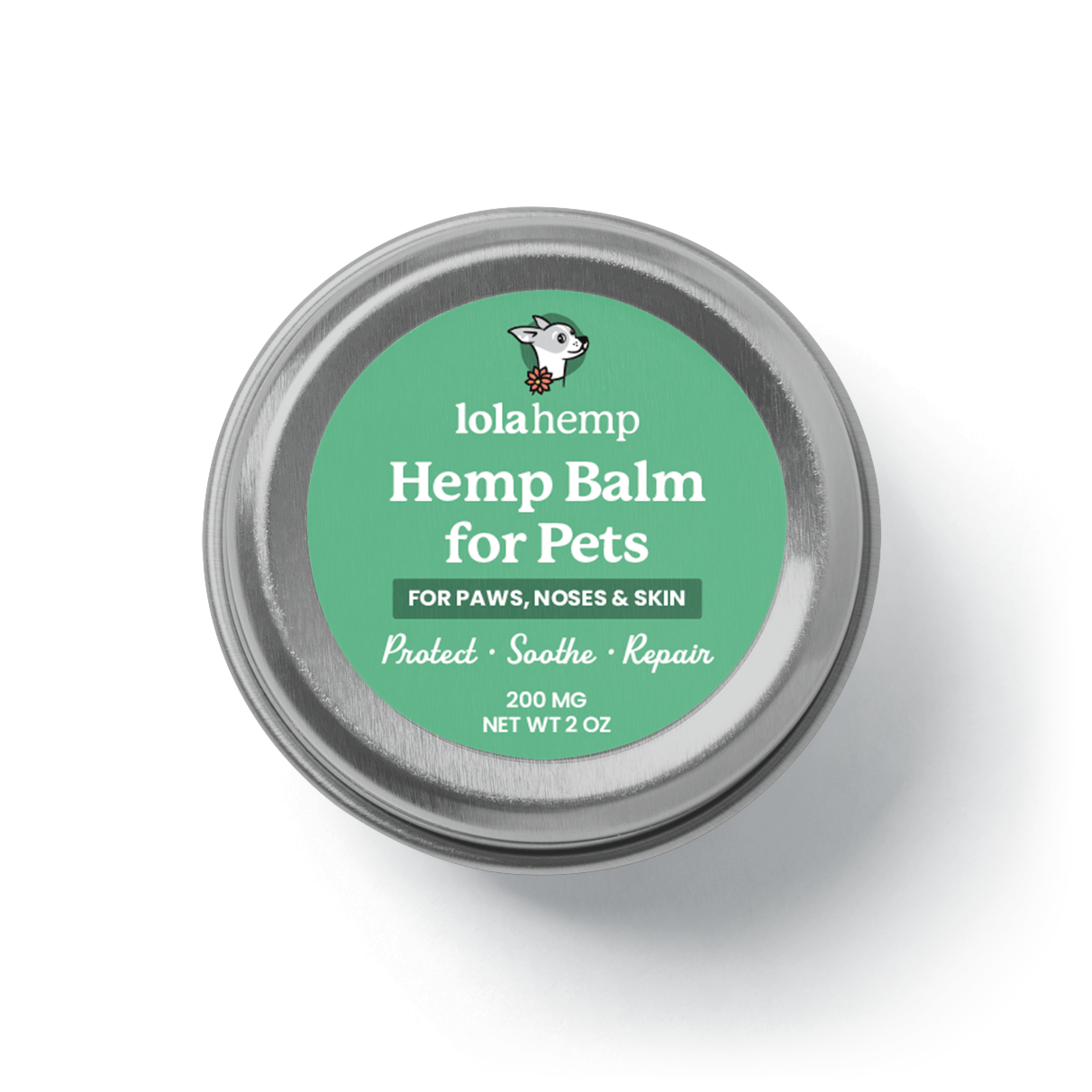
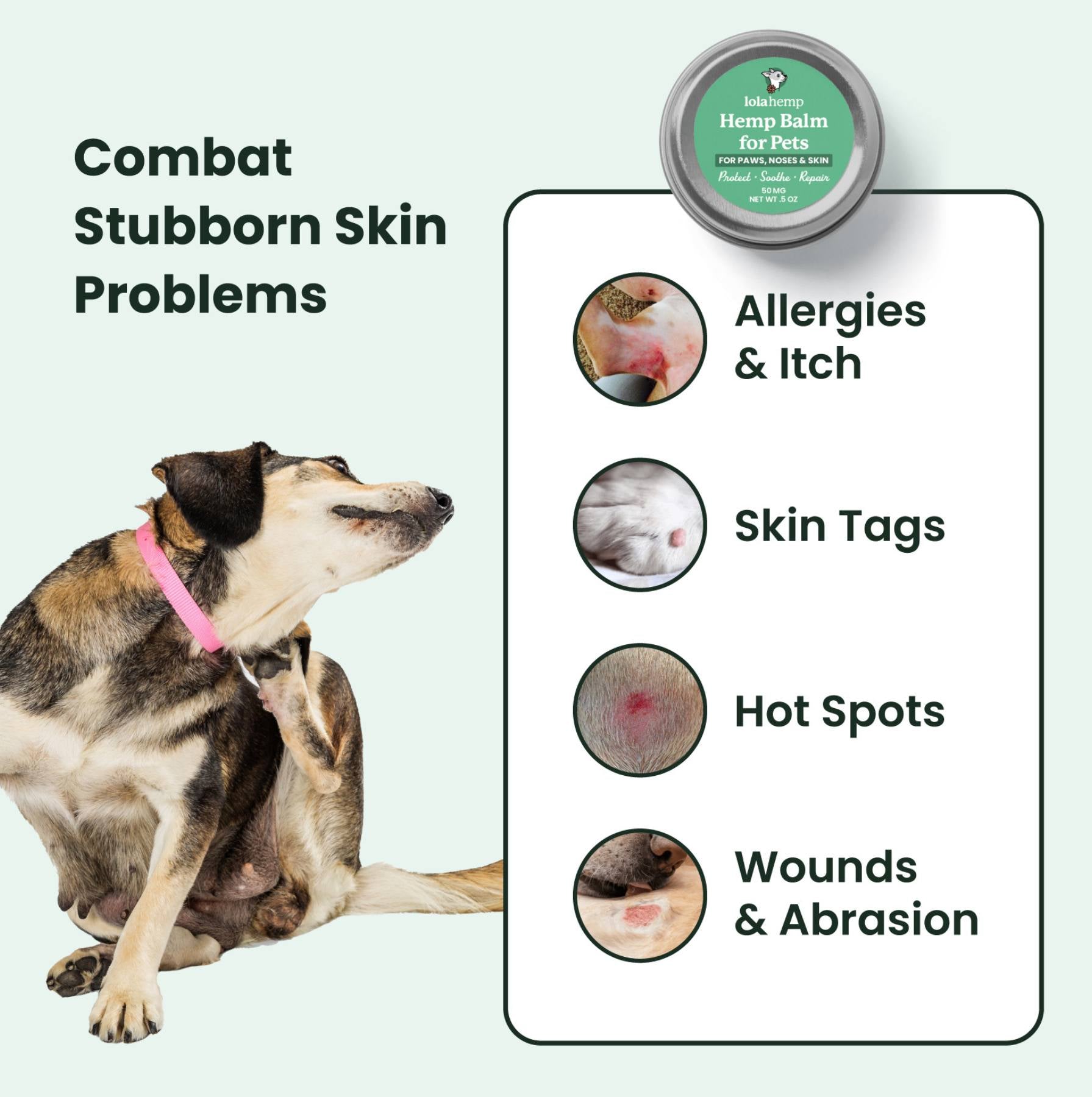
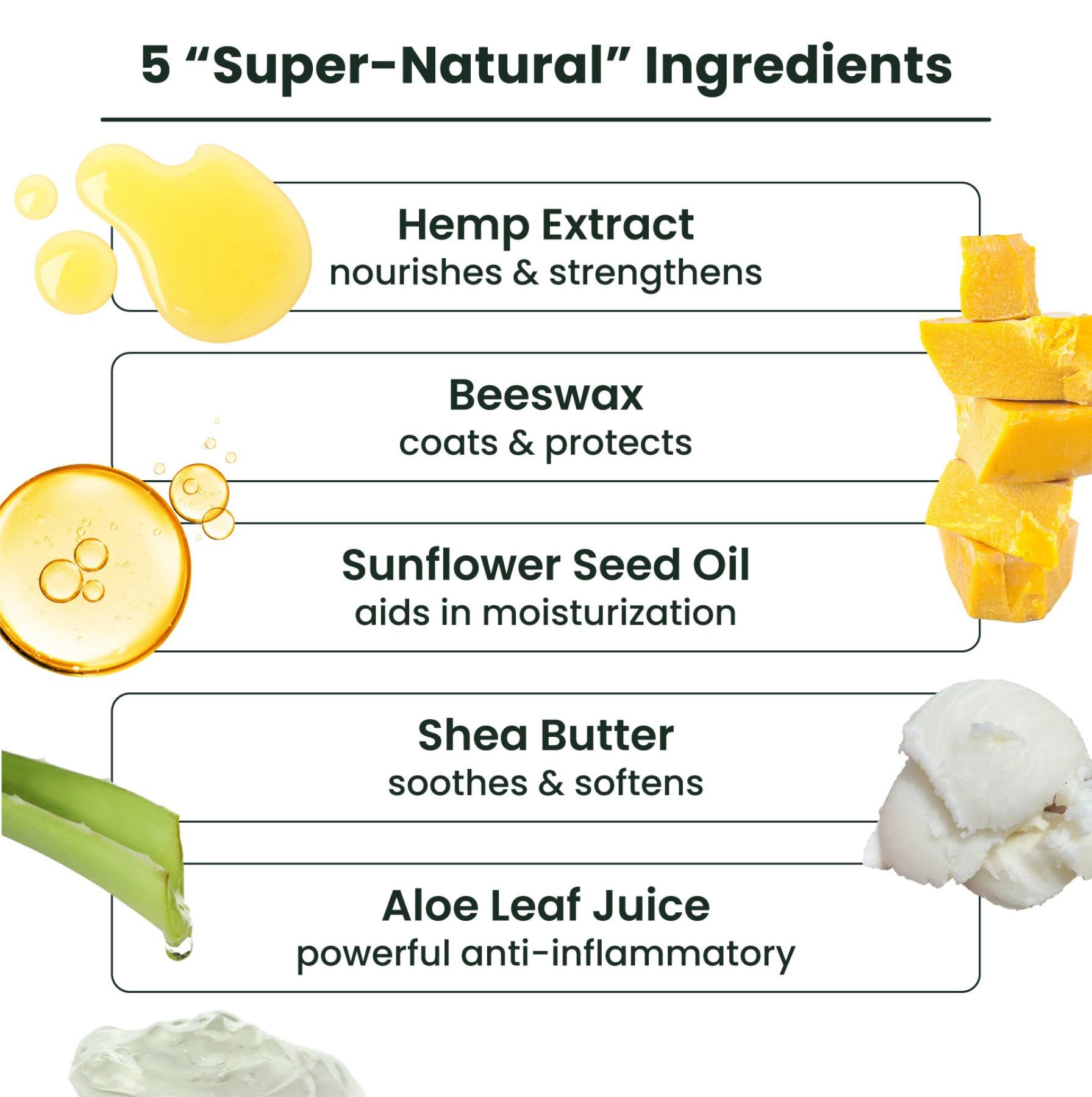
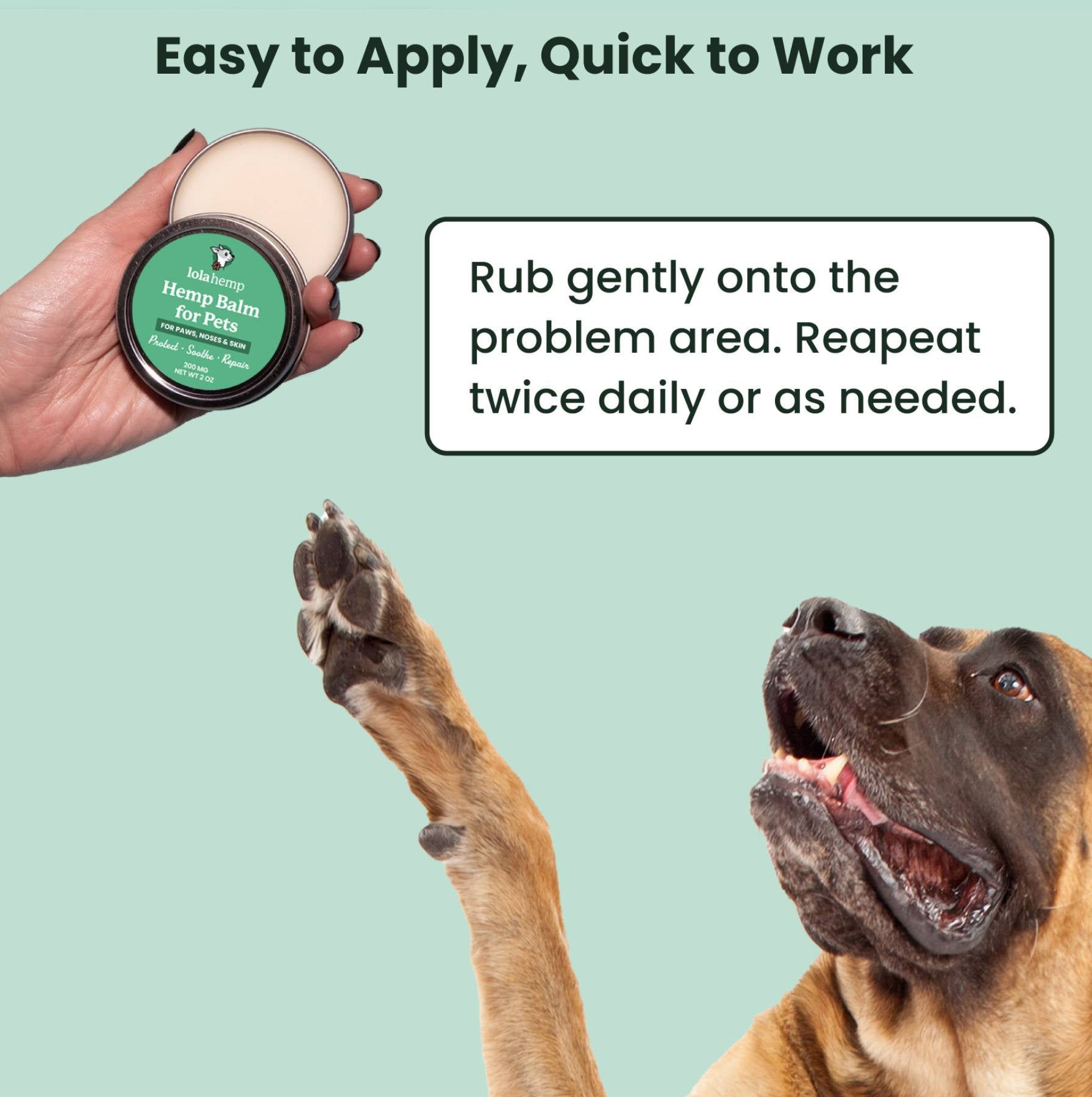
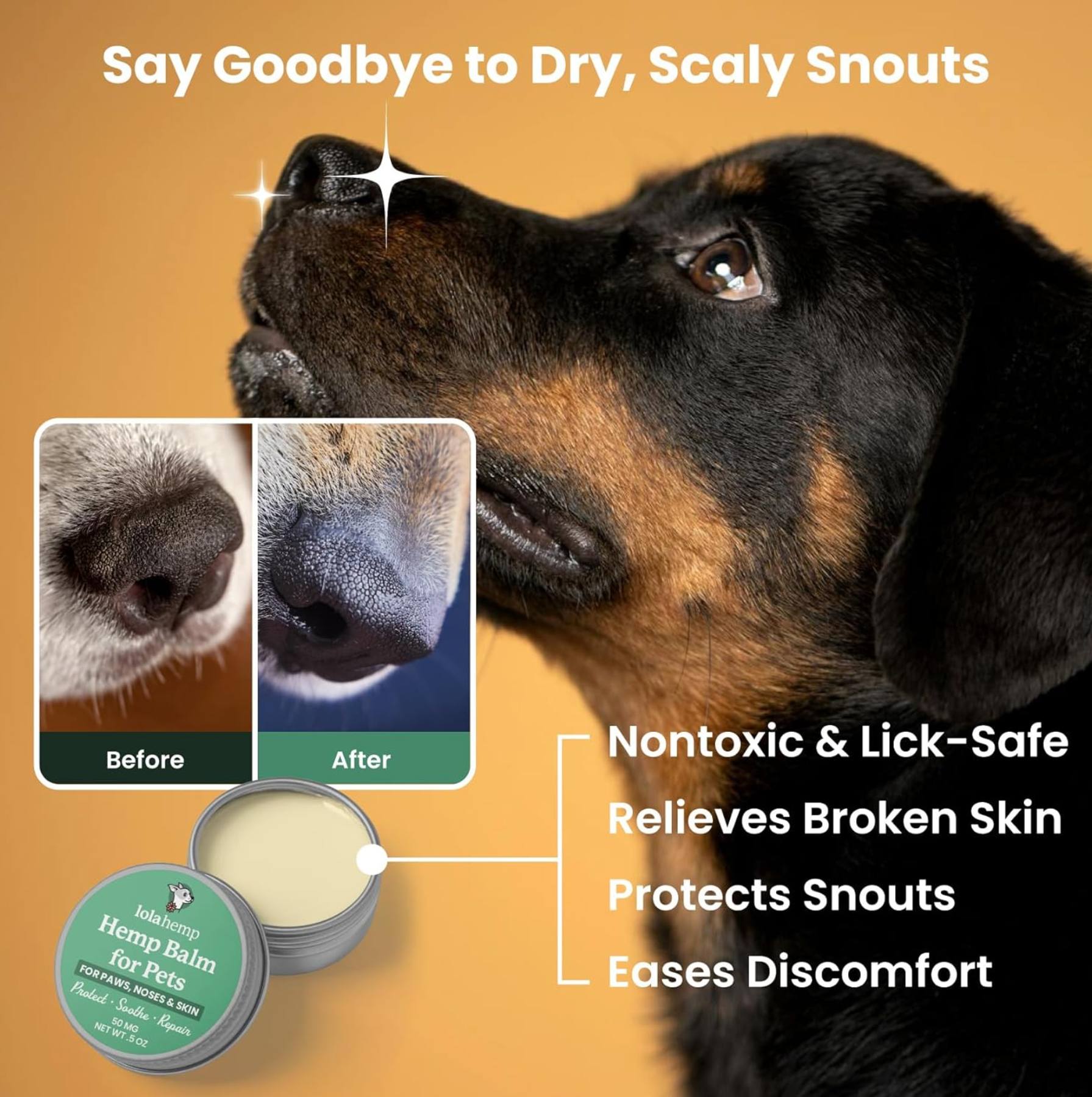
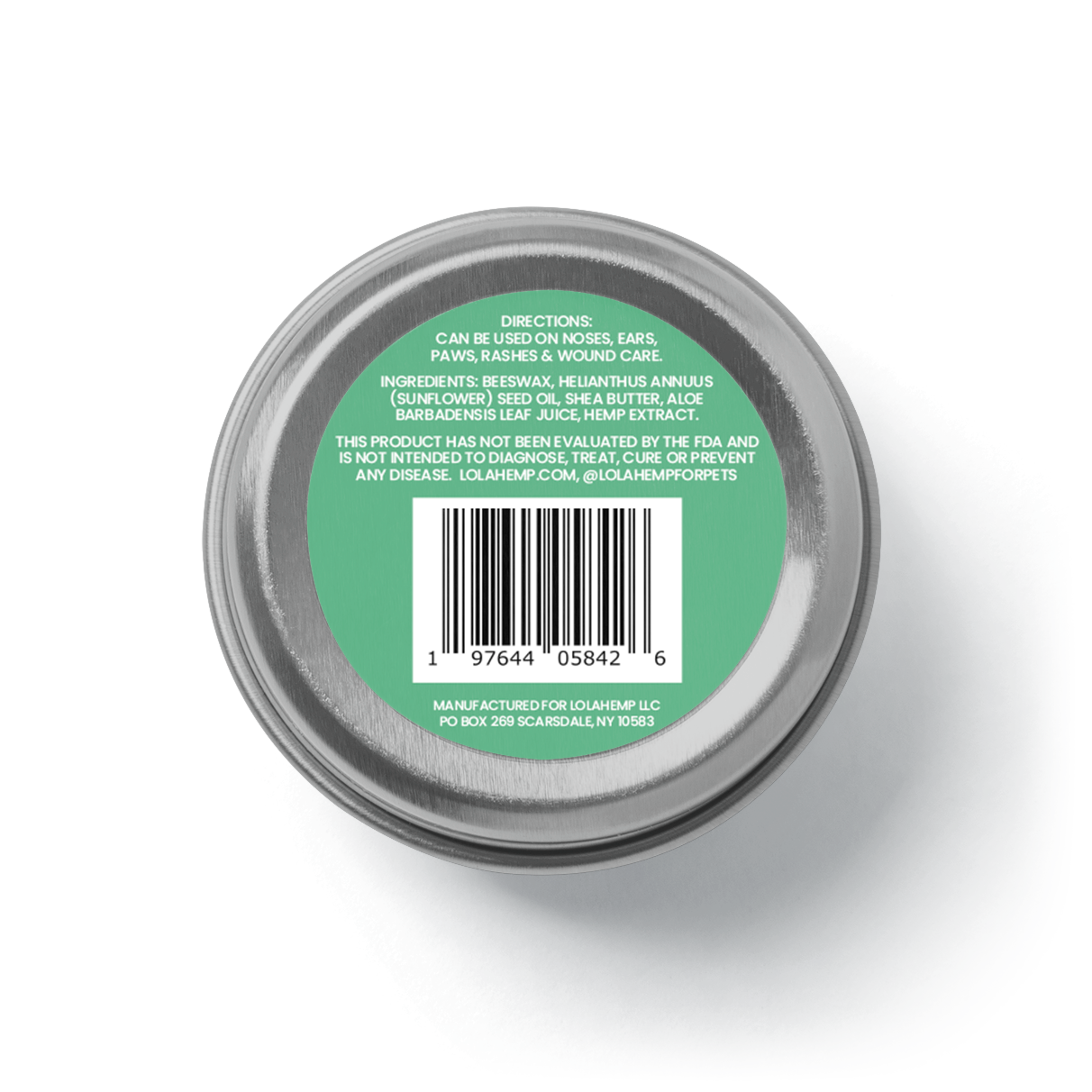




Comment
I have wanted to thank you for your CBD oil that gave some relief to my sweet 17 year old Therapy dog when she was fading away before me,💔 but still not ready to leave.. I believe it helped her get through her restless nights more comfortably.
I truly appreciate your personal touch and Quality product.
I’m sorry I wasn’t aware until now, of your Balm for Hot Spots! I look forward to speaking with someone about it as I now have 2 Goldens that are starting to develop issues, and I would very much like to try some!
I wanted to attach a picture of my beautiful Morgan, but I couldn’t see where..
Thank you, again and are your products also for humans? ✌️
Michele Andrews K92lov@gmail.com
203 Larchwood Lane
North Aurora, IL 60542
630-309-4767